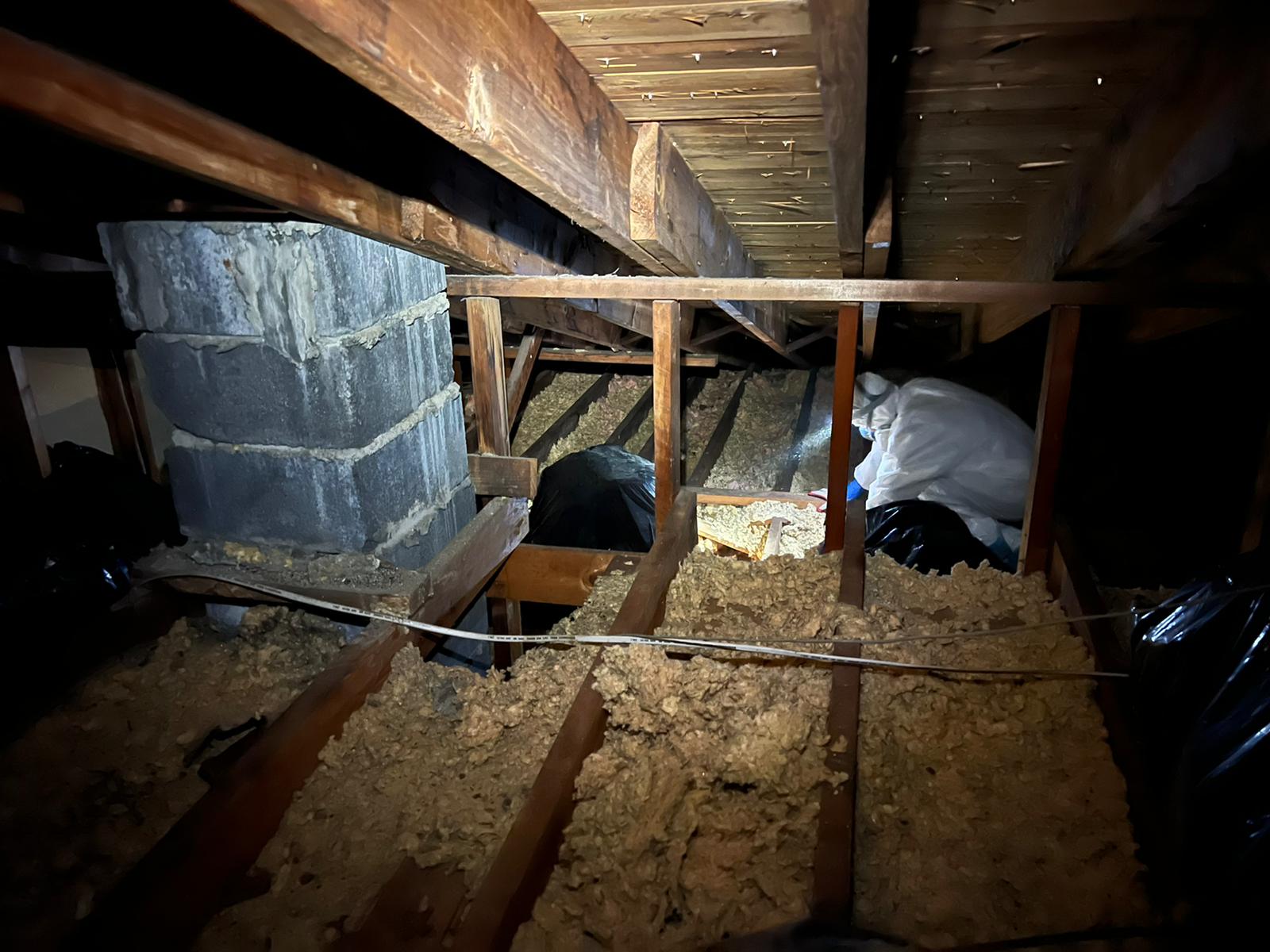
Everything You Need to Know About Crawl Space Cleaning
Everything You Need to Know About Crawl Space Cleaning Have you been reluctant to clean your crawl space because you’re nervous about what you’ll find
In a previous blog, Why Remove Old Attic Insulation, we detailed what homeowners should consider when removing attic insulation. The primary reason for insulation removal is to improve the energy efficiency of a home’s heating and cooling system, which will improve the value of a home in today’s competitive real estate marketplace. Master Attic, serving New Jersey and Eastern Pennsylvania homeowners with 20-plus years experience, discourages attic insulation removal as a DIY project!
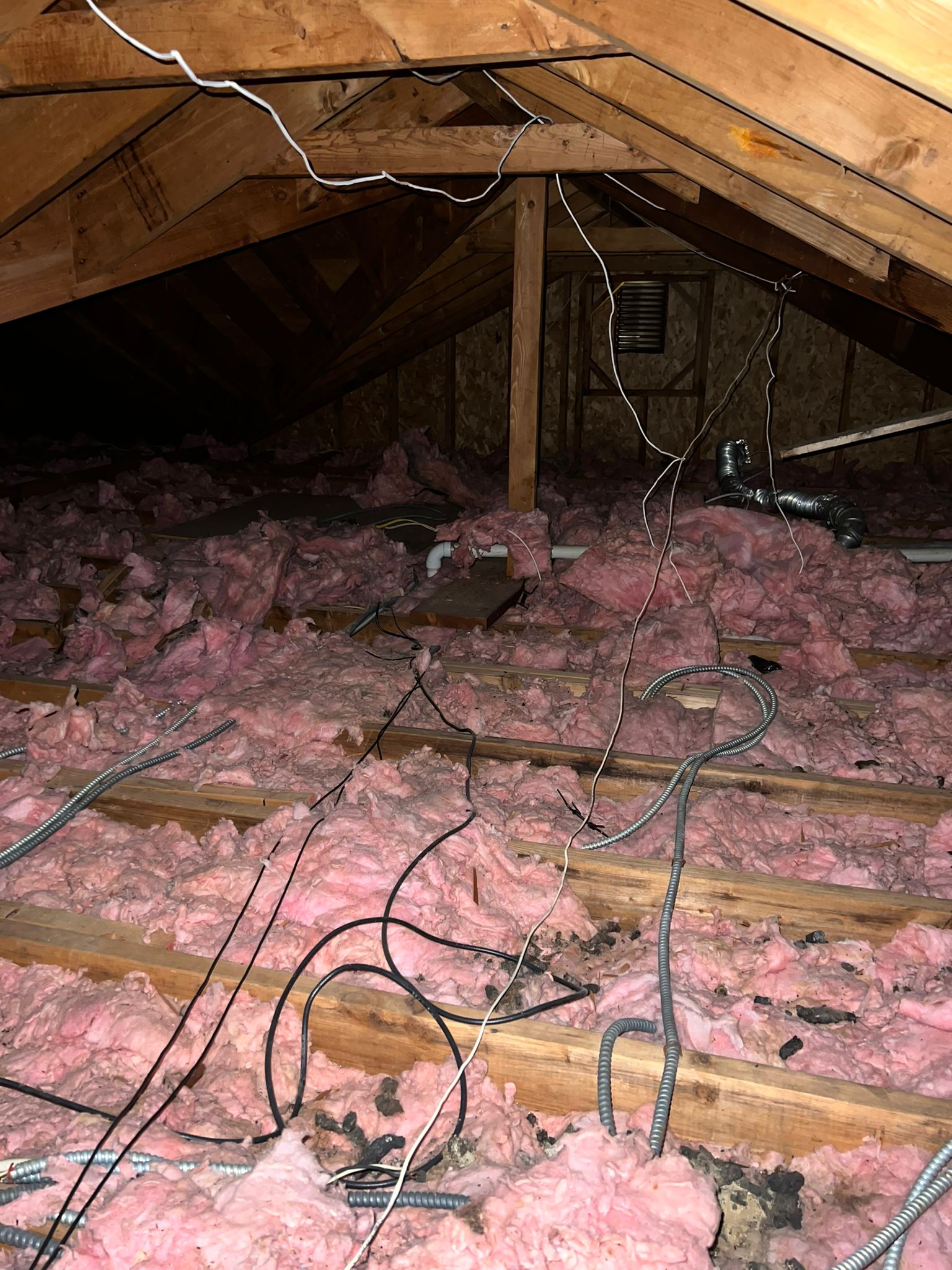
The process of efficient attic insulation removal requires the following 4 steps:
The first step in the process of removal of attic insulation is assessing the insulation to be removed. In another earlier blog, Attic Insulation In 2023, we detailed the different attic insulation types: fiberglass, which comes as batt and roll or loose fill blown in; cellulose insulation, composed of recycled newspaper can also be loose fill or blown in.
A necessary insulation removal tool for the experienced professionals of Master Attic is a heavy-duty, high-powered insulation vacuum, that is placed outside the home, followed by sanitizing and deodorizing of the attic floor.
Old blown-in insulation, like Cellulose insulation particularly, is understood to be dusty and requires the Master Attic professionals to protect themselves with special protective clothing, heavy gloves, goggles, masks, or respirators, as well as containing work area with large rolls of plastic sheeting to ensure dust never enters the home space!
Old batt and roll blanket insulation are removed and tied securely in sealed bags and tossed out the closest window or carried out of the home in sealed bags. Removal of this type of attic insulation will mean evaluating the surface for pest infestation, such as termites and rodent nests.
Moving about the tight confines of the unfinished attic space to remove batt and roll, cellulose, or fiberglass blown insulation requires gingerly stepping on the attic joists and not placing all weight on one joist, lest one’s foot breaks through to the ceiling below the attic. We hope it is understood why Master Attic discourages homeowners from considering the removal of attic insulation as a DIY project! Ensuring efficient insulation removal requires knowledge of the insulation material to be removed, professional insulation removal tools with expertise in using such tools, and wearing of protective clothing and mask. Also needed is the technical expertise to spot pest and rodent nests and to remediate the damage to retain a healthy home environment.
With the removal of old attic insulation, homeowners can next expect Master Attic technicians to perform a thorough attic cleaning that includes ensuring rodent waste, animal nests and remains, and hazardous insulation materials are removed from attic space according to all local and state regulations. The attic floor will then be thoroughly heavy-duty vacuumed of residual rodent droppings, dirt, dust, and debris that can build up and bring about respiratory illnesses and allergies to household members. Attic cleaning also involves the elimination of clutter that prevents easy access to any HVAC equipment, plumbing pipes, or electrical wiring that is part of the attic.
Attic sanitizing is yet another step of attic cleaning in the process of efficient insulation removal. Attic sanitizing and deodorizing is essential when rodent nests and other pests have been discovered. Such sanitizing involves rodent-proofing by sealing up entry points to prevent future access to the attic vermin, as well as vacuuming up rodent droppings. Professional sanitizing involves using a potent disinfectant solution to properly eliminate disease and bacterial pathogens. Depending on the size of the attic, thorough attic sanitizing can take one to two days.
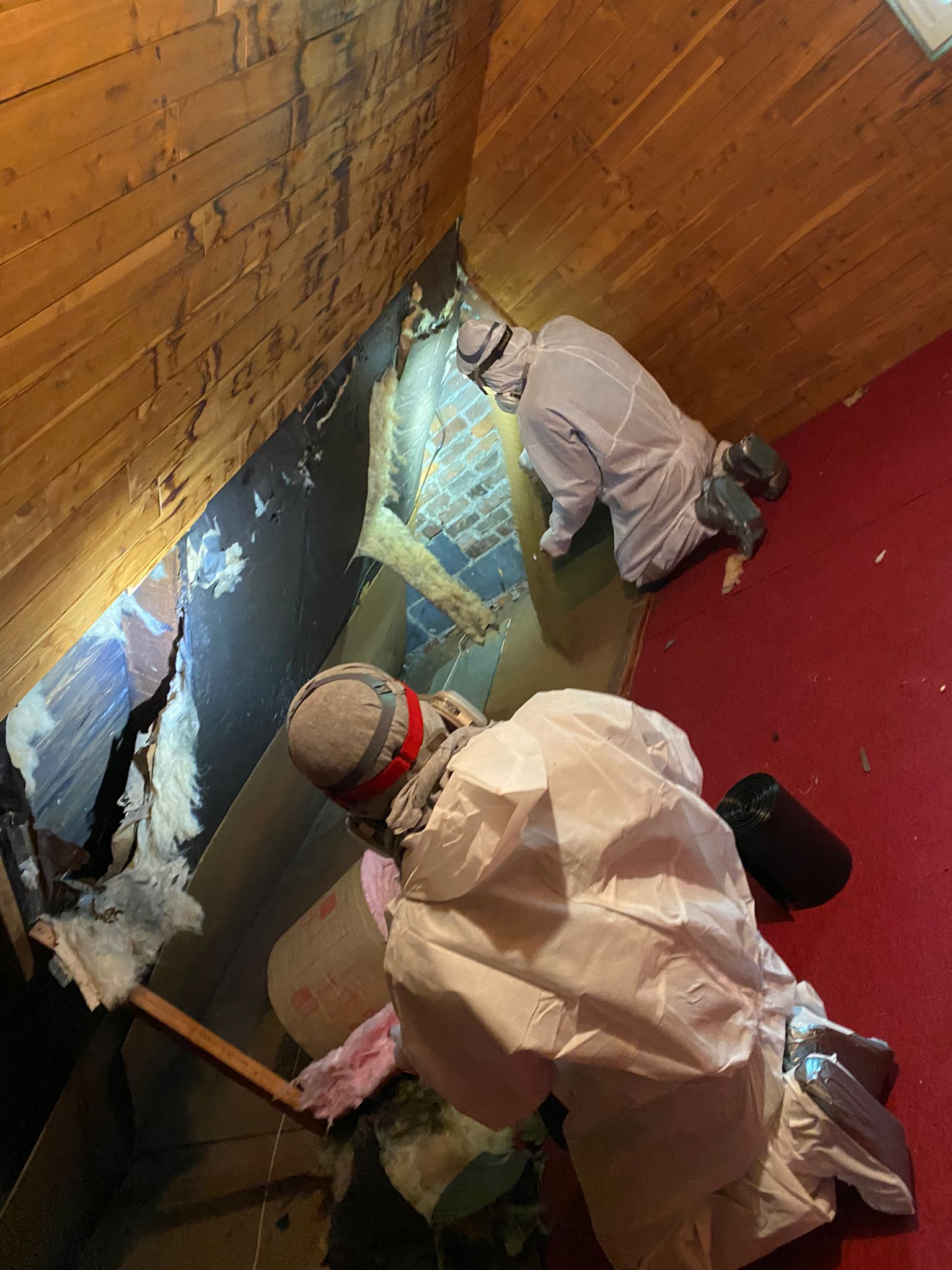
The final step in the process of removal of attic insulation is that of attic inspection. The attic inspection involves an examination of the attic space to find and seal air gaps that cause air leaks that reduce the energy efficiency of the home heating and cooling system.
Air duct and duct insulation inspection, repair, and replacement are part of the process. Air duct punctures are possible when a rodent infestation is discovered. Rodent punctures to the air duct insulation and ducts themselves require replacement if needed, as well as cleaning and sanitizing of toxic waste left by rodents.
An attic insulation removal project requires professionally trained technicians to ensure the project is done efficiently and according to local and state regulations. Efficient insulation removal is cost-effective insulation removal! Such efficiency requires the experienced, licensed, insured technicians of Master Attic to tailor a plan of action specific to each attic or crawl space. Contact Master Attic, LLC, the attic and crawlspace restoration experts serving residents of New Jersey and Eastern Pennsylvania for 20+ years! Free estimates are given for attic insulation removal, raccoon removal, rodent-proofing your attic or crawlspace, attic clean-up, sanitizing, air gap sealing, or any commercial insulation and remediation service.

Everything You Need to Know About Crawl Space Cleaning Have you been reluctant to clean your crawl space because you’re nervous about what you’ll find
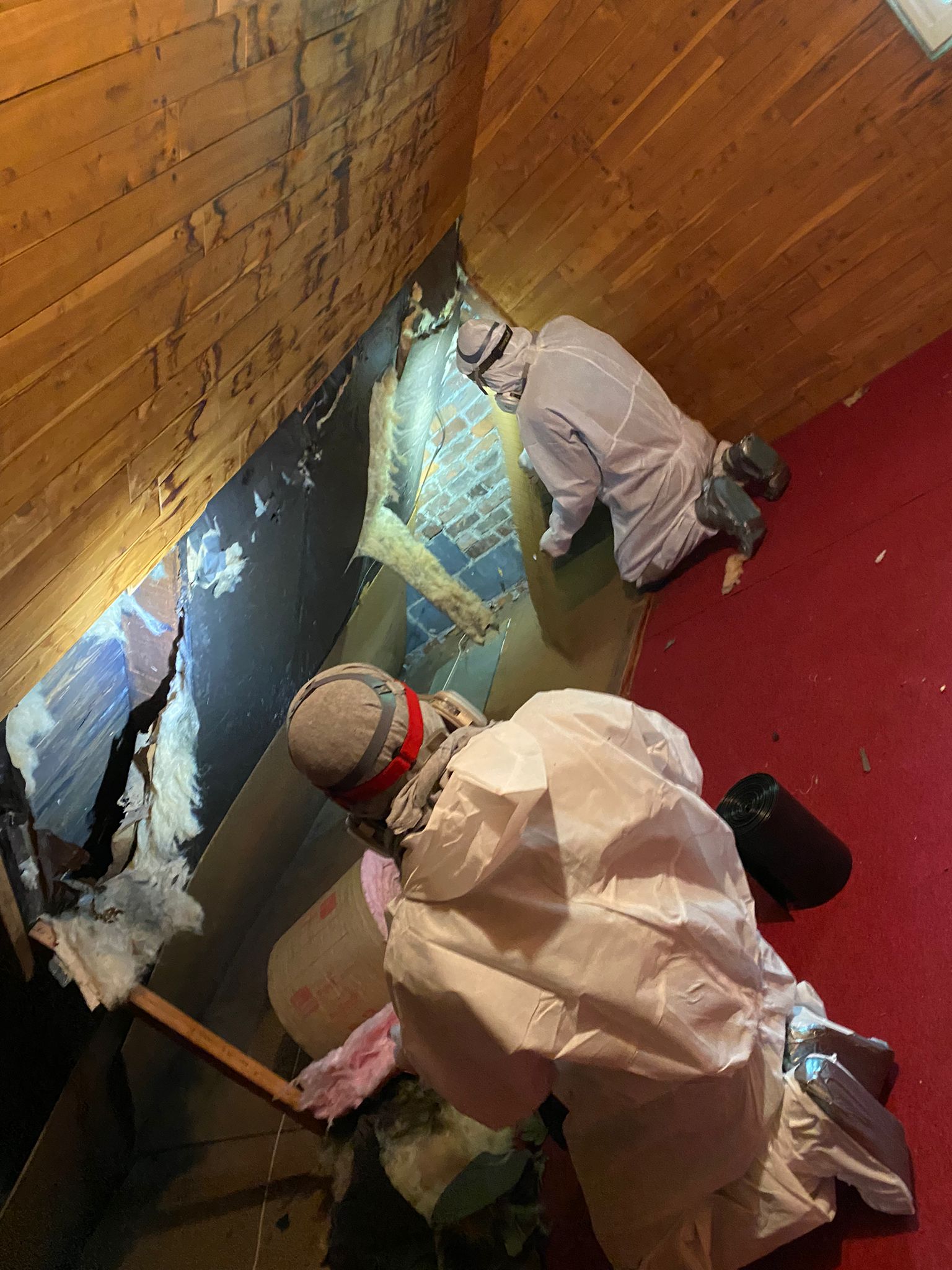
What is Professional Attic Cleaning in New Jersey? Like many homeowners, you’ve most likely neglected to have your attic professionally cleaned. Attics are often a

Greater energy efficiency and improved home value is the most common reason for homeowners choosing to have attic insulation removed!…
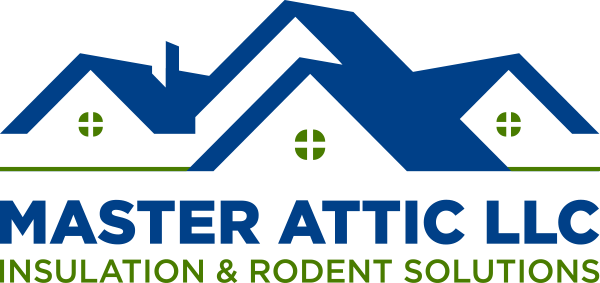
We strive endlessly to provide a service like no other; quality, safety and comfort is our #1 priority for your family.
Fully Licensed and Insured
NJ # 13VH09509100
PA # 147980
Look out for a confirmation email!
A Master Attic Pro Will Reach Out To You Shortly
